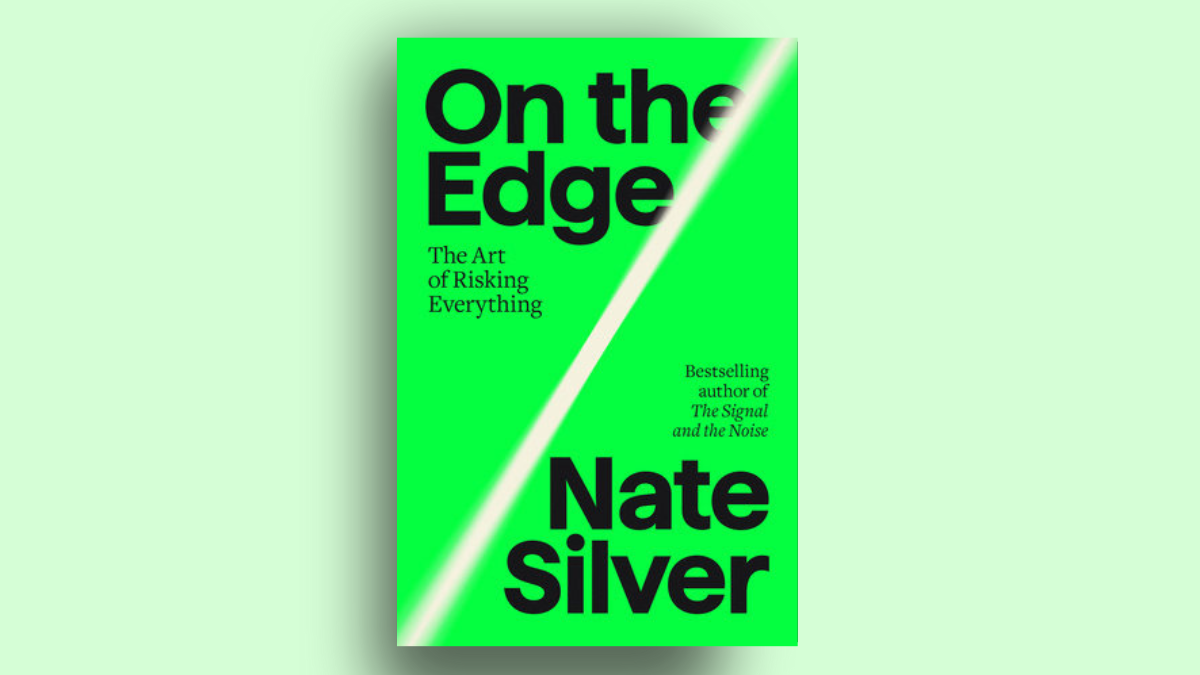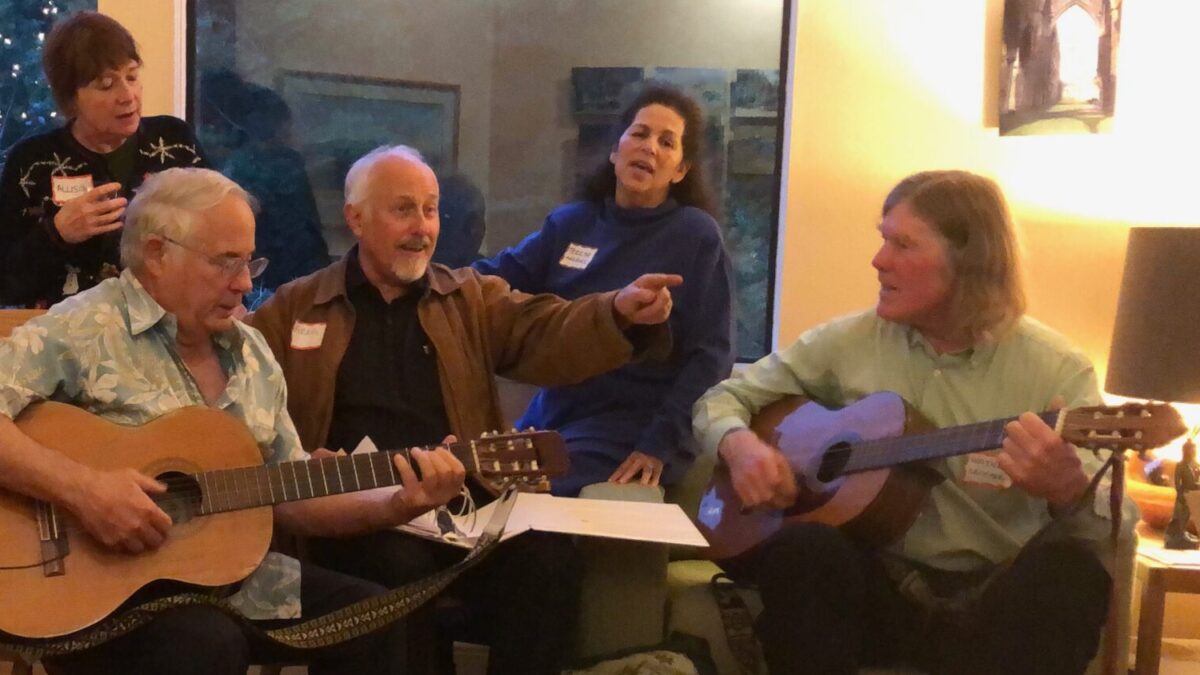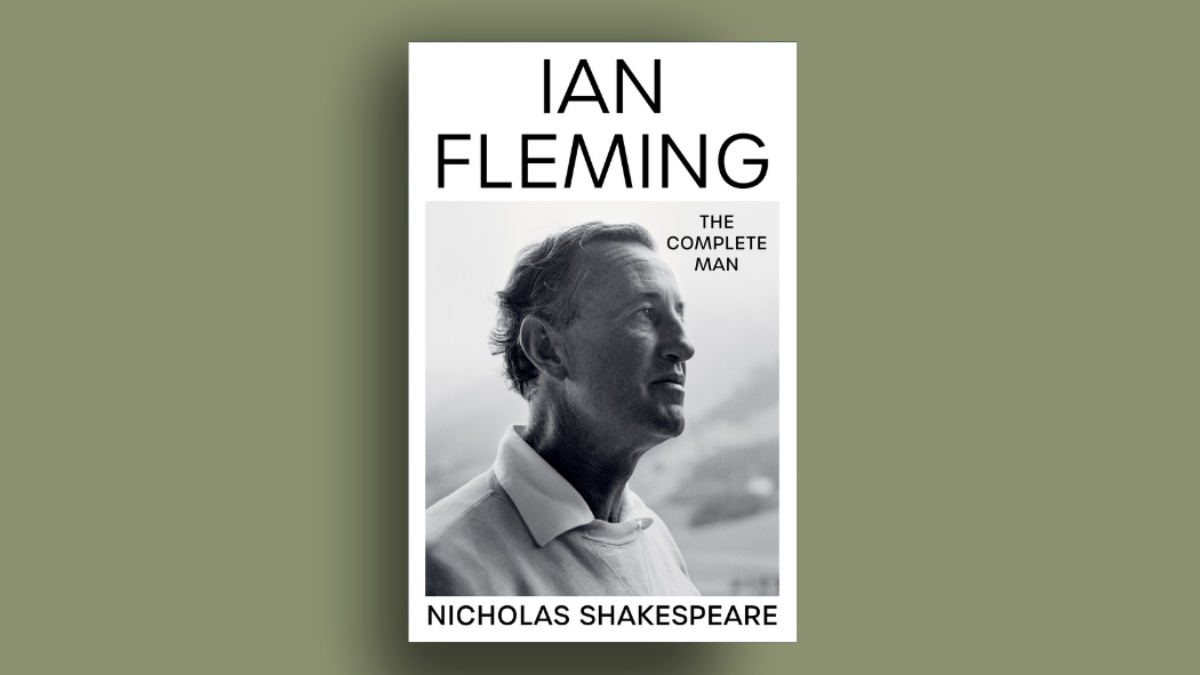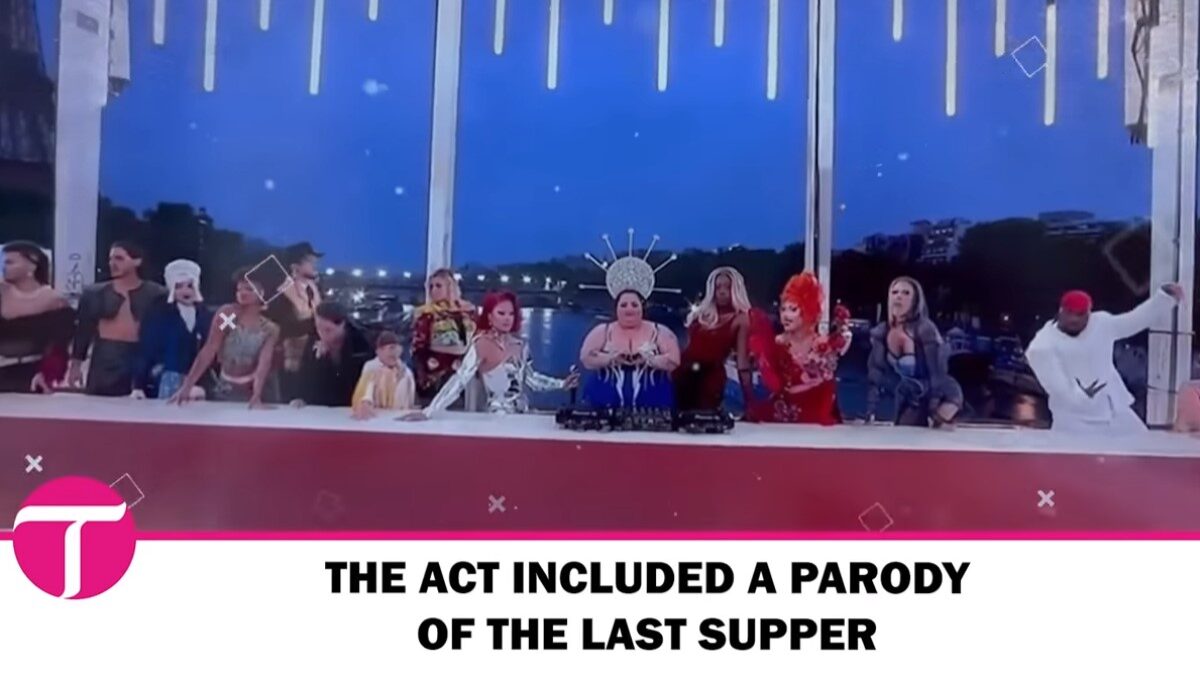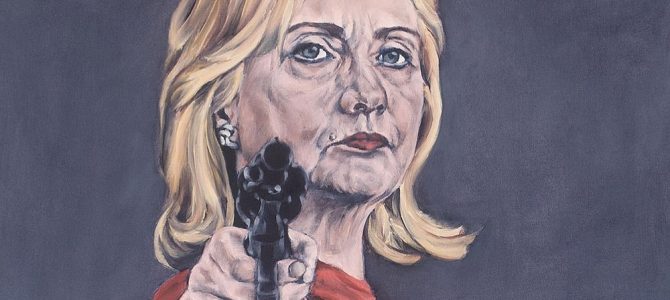
However much we may see them contend, art and politics have always been enamored of one another. People have created art throughout history for political purposes: sometimes to praise, but just as often to criticize a particular leader or public policy.
With the election for the 45th president of the United States upon us, now is a good time to consider where the two main candidates stand, not on the issues, but in the eyes of the art world. While little to nothing in the way of good art has come to light so far this cycle, the possibility of art and politics creating a memorable result remains a distinct possibility.
Artists: We’re (Mostly) With Her
As one might expect, many in the art establishment have long admired Hillary Clinton. In 2000, for example, when Clinton made her successful run for the U.S. Senate, the late Robert Rauschenberg (1925-2008) created a limited-edition print of a collage in support of her candidacy.
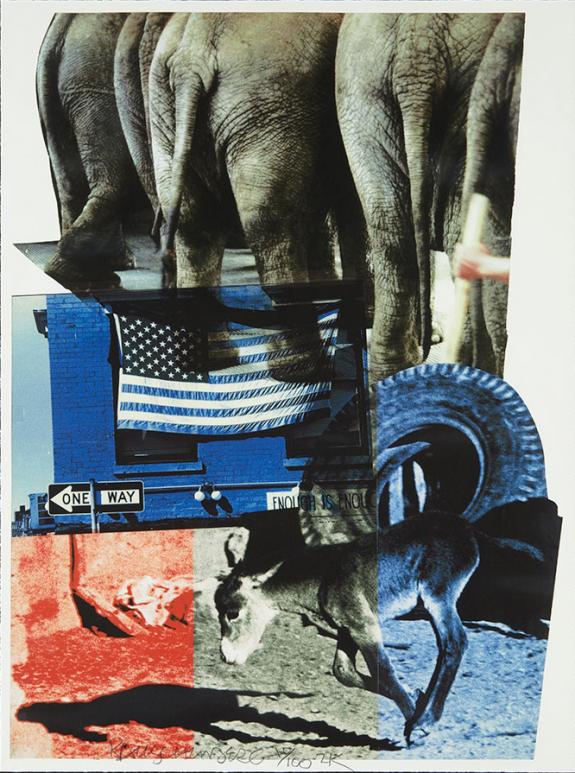
The piece features an array of images, including elephant posteriors accompanied by a disembodied arm holding a broom, an American flag hanging above both a “One Way” sign (pointed left, natch) and a handwritten sign bearing the words “Enough Is Enough,” and a donkey running past a large tire. Much of the symbolism in this piece is fairly straightforward, although the significance of the giant tire seems entirely obscure.
Recently Larry Gagosian, one of the most powerful art dealers in the world, hosted a benefit on behalf of Mrs. Clinton’s candidacy at his gallery in Chelsea. As a lead up to the event, donors, attendees, and supporters were encouraged to use the hashtag #ArtforHillary on social media.
The auction portion of the evening featured works donated by Jeff Koons, Chuck Close, Cindy Sherman, and other artists. Among these was a piece by sculptor Elliott Arkin, in the shape of a paddle ball game emblazoned with Donald Trump’s face. The red rubber ball was attached so the player must try to hit Trump’s open mouth.
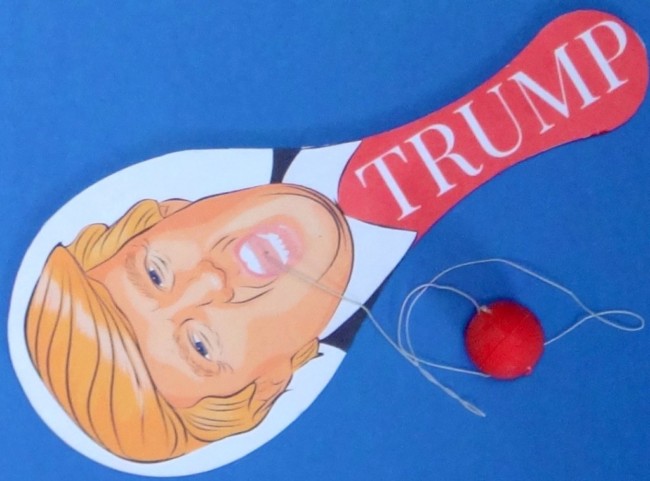
Very little of the art made in support of Mrs. Clinton features an image of the candidate herself. Unlike much of the art produced during President Barack Obama’s two campaigns, the majority of the art created thus far favoring Clinton is geared toward attacking her opponent, rather than celebrating her personally. Perhaps because Clinton is such a well-known political quantity, she is more difficult to try to redefine hagiographically.
Few contemporary artists of note have dared to come out against Clinton. One of them, the Australian street artist Lushsux, an associate of the well-known British street artist Banksy, painted on the side of a building in Melbourne an image of the Democratic Party candidate wearing a low-cut bathing suit. Following complaints from local authorities and the press, the artist covered up the figure by painting a burqa over it.
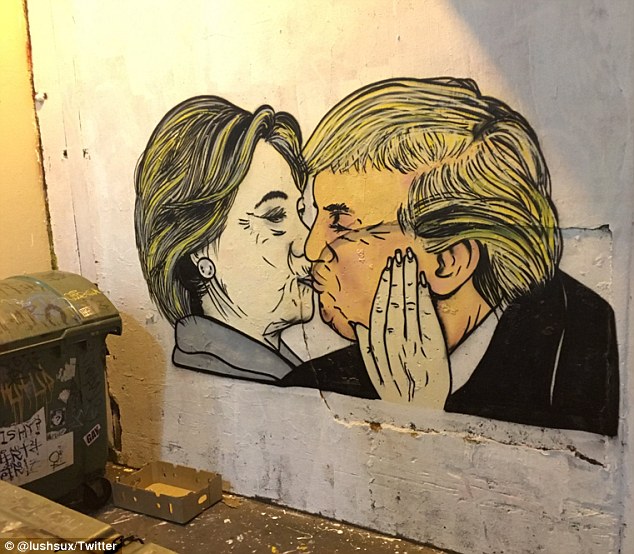
Interestingly, although Lushsux had previously attacked the Trumps in his paintings, those works did not earn him anywhere near the widespread amount of scorn he received for his send-up of Mrs. Clinton. Only when his image of the Democratic Party candidate began to go viral was his Instagram account suspended without warning.
“I don’t want to sound like a conspiracy theorist with a tin foil hat,” he told The Daily Mail, “but the timing of the Hillary Clinton mural posting and the deletion that ensued can’t just be a coincidence.”
The Rise of ‘Donaldism’
To say the art world has not embraced Trump’s candidacy would put things mildly. There are almost countless examples of art created in recent months that attack Trump personally. To some extent one can view this as a natural reaction of the left-leaning art community to any right-wing candidate achieving popular appeal. However, Trump seems to garner more than his fair share of direct artistic criticism in the present contest.
Earlier this year, a rather crudely executed nude drawing (NSFW) of Trump by Australian artist Illma Gore titled “Make America Great Again” brought the artist a great deal of press attention, an exhibition of the work at a London art gallery, and a black eye, after she claimed to have been assaulted by a Trump supporter. That case remains unresolved, but like Lushsux, her Facebook account was suspended—albeit temporarily—for posting a photograph of her work online.
Brooklyn artist Brian Andrew Whiteley decided to set up a real gravestone in Central Park, with Trump’s name somewhat ominously carved on it. Not surprisingly, this piece, “Make America Hate Again,” resulted in him receiving a home visit from the Secret Service.
A more large-scale example of the artistic phenomenon Apollo Magazine has dubbed “Donaldism” was pulled off last month by INDECLINE, a “guerilla art” collective. The artists created and installed unflattering nude statues of the GOP candidate at several sites around the country. Local authorities promptly ordered them removed, although not before images of them flashed across social media. Curiously, the left-leaning British newspaper The Guardian, which is taken quite seriously in art circles, found the installation “unfunny,” “callous,” and “irrelevant.”
There is a naked Trump statue in Union Square right now. pic.twitter.com/26bYxY4AwF
— New York City Patch (@NYC_Patch) August 18, 2016
Although Trump has said almost nothing about these representative examples from the art movement he has inadvertently inspired, he apparently does appreciate art, after a fashion. He is known to possess an art collection, although its nature remains critically unexamined. As part of a recent investigation by the Washington Post, reporter David Fahrenthold revealed the existence of two original paintings in Trump’s possession that the Republican Party candidate apparently likes a great deal.
According to the Post, the first emerged at a charity auction back in 2007, which was held at Trump’s Mar-a-Lago estate in Florida. The present Mrs. Trump bid $20,000 for a life-sized portrait of her husband by American “speed painter” Michael Israel. As he rapidly paints, Israel puts on a choreographed performance, creating images of celebrities that draw upon influences such as photography, pop art, and splatter painting. To date no photographs of the painting have surfaced.
The second painting was another portrait of Donald Trump, painted by Argentine artist Havi Schanz in 2014. It features an image of Trump painted over an architectural rendering, almost like a transparency projection, referencing the candidate’s real estate development background. Like Israel, Schanz works in what can broadly be termed a pop-art style, although his painting is not performance-based. Also as in the case of Israel’s portrait, Schanz’ work was auctioned at Mar-a-Lago for charity—but this time Trump purchased the painting.
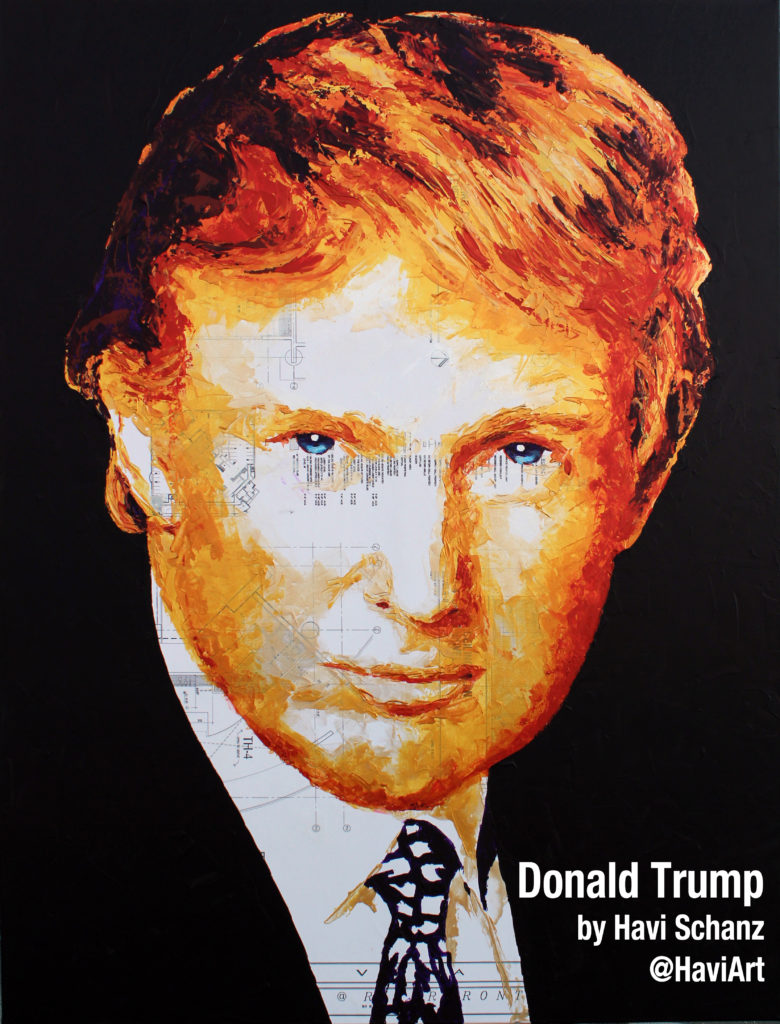
Finding the Next ‘Hope’
By now, the famous “Hope” (2008) image by artist Shepard Fairey has become the icon of Obama’s first presidential campaign, and indeed his entire presidency. A century from now, the poster will almost certainly illustrate any serious history book on the 44th president. Fairey’s work was so immediately recognizable and widely successful that it spawned countless imitations and derivatives, indicating how deeply it penetrated into the national and indeed international consciousness. In fact, it has already become part of the permanent collection of the National Portrait Gallery.
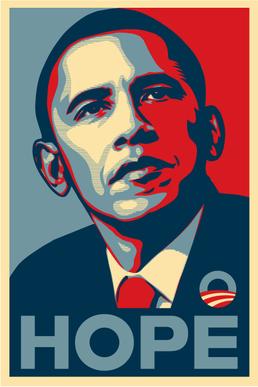
Whatever one thinks of “Hope,” as a work of political art it was extraordinarily effective. By adopting some of the methods used in propaganda art over the past century, Fairey’s piece increased Obama’s public recognition, distilled his political appeal into a single word, and managed to do so by presenting the politician as an aspirational figure. The irony, of course, is that in a recent interview, Fairey indicated he’s become disillusioned with the Obama presidency.
So far, the contest between Clinton and Trump has not produced any significant or especially memorable works of political art. With time running short, the likelihood that we will see a single work capture the popular imagination before the November election in the way that “Hope” did, two presidential election cycles ago, seems increasingly remote.
It is more likely that we will need to wait and see who wins before we find the next great political image in art history. But given the nature of most of the images produced in the contest so far, one wonders whether any of it will be something other than juvenile.


